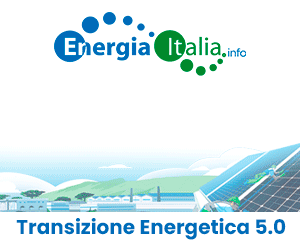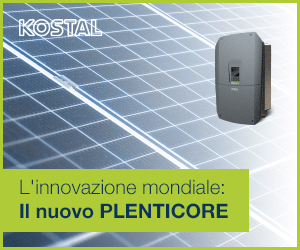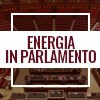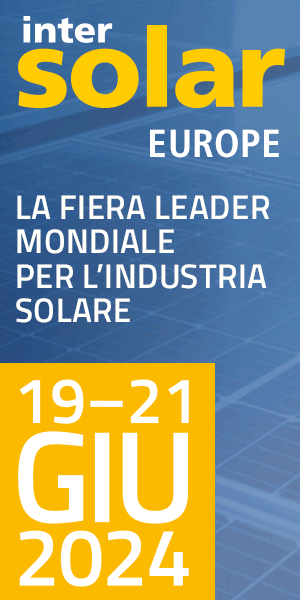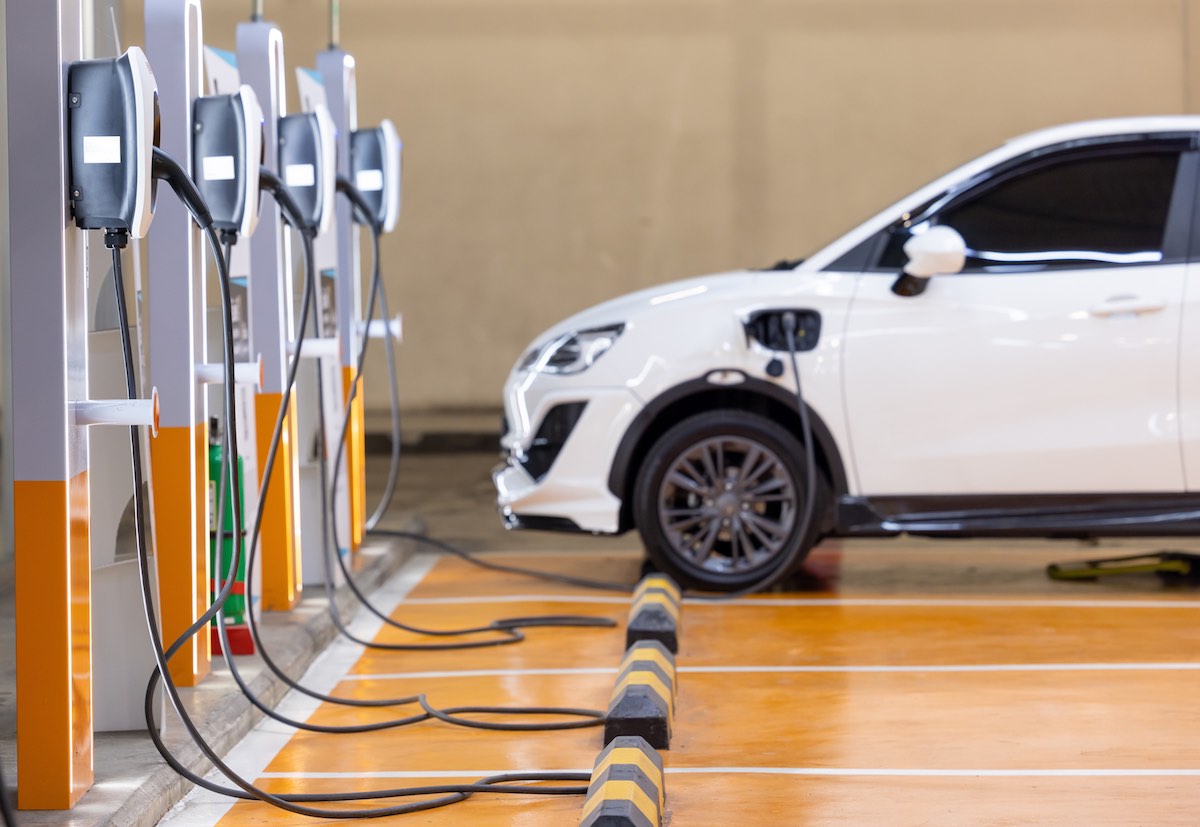The problem of grid inadequacy exists for solar PV as well. Considering the impressive amount of power installed in the past few years, the grid saturation risk is real, especially in some critical areas of the country. To this is added the problem – which the national Authority tackled with resolution no. 125/10 – of the large amount of power grid connection requests for systems that will never be built, making rational planning very difficult. This problem and its possible solutions were discussed last Friday during PV Rome 2010.
The Italian conto energia scheme made it possible for the PV industry to grow quickly. At the end of 2009 – said Francesco Trezza from the GSE – cumulative power exceeded 1,525 MW; by the end of 2010 it is expected to exceed 2,500 MW. PV systems are growing in number (more than 100thousand), but above all in size: the average power went from 7 kW in 2006 to 18 in 2009 and by the end of 2010 it will reach 24-25, according to Trezza. Larger systems need the grid to be adapted more than the others: experts explained that for domestic installations (which are usually already connected to the grid and are small-power systems) grid problems do not exist; this is one more reason to provide incentives for them, especially if they are building-integrated.
Even next year, when a new and less generous incentive scheme becomes effective, the Italian PV sector is expected to maintain these growth rates. This was assumed from a comparison on the profitability of systems in the main European PV markets analysed by Trezza. Taking into account the various incentive programmes and the different average insulation, if a system below 3 kW yields 100 in Italy with the 2011 conto energia scheme, in Germany, after the feed-in tariff cut, it yields 39, 57.5 in France and 85 in Spain. A big system below one megawatt, again supposing a 100 yield in Italy, yields 40 in Germany, 70 in France and 104 in Spain (although we should consider the possible retroactive incentive cuts that have been planned in this country).
In short, the photovoltaic sector is growing and the grid should be adapted, especially in “hot spots”. This is the case for Puglia, a region in which – as shown by Gianmaria De Gasperi from the “Energia” Regional production district – measures are being taken quickly to fill the gaps. Still, at general level, it would take an intelligent grid, the so-called smart grid, to collect and distribute the ‘fluctuating’ production of renewables, as well as to coordinate and manage supplies from uncertain and sporadic outputs and a demand that in the future will have to adapted as much as possible to the needs of the whole system.
Where has Italy got to? Although the Italian grid “is one of the most modern in the world” as to demand management, production monitoring and coordination, said Riccardo Lama from Enel, there is still much to be done especially with regard to fundamental aspects, such as the storage of energy in the system, which is still rather poor.
The normal growth of the infrastructure is also hindered by the aforementioned “hoarding” of grid capacity, that is to say: people submit many more connection requests than the projects that are really carried out. “Presently, against a grid-connected power of 55thousand MW – he pointed out – we get requests for connections to Enel and Terna for 150-160thousand MW“.
The problem is that connection requests are for free, and considering the short life of projects (also due to uncertain authorisation procedures), many operators submit their connection request for systems that will never be installed (93% of cases, according to Enel’s figures). A problem that needs to be solved, for which the energy Authority has just issued a series of provisions, first of all resolution no. 125/10 (see annex), which will be effective as of 1st January 2011 and will rein in connection requests in name only.
The content of the resolution, which completes the so-called Tica (amended text regulating grid connections – see second annex), was illustrated during the conference by Andrea Galliani from Aeeg to an audience of attentive PV entrepreneurs. The basic concept is that as of 1st January 2011 connections request for systems situated in some “critical areas”, which will have to be identified, shall no longer be for free: they will require a sort of deposit backed by bank guarantee (20 € per MW for high and very high voltage, 60 for medium voltage and 110 for low voltage systems). If the system for which a connection request was submitted is not installed (even if due to a negative result of the authorisation procedure) the deposit will be withheld. Even those who decide to carry out by themselves the work required for the connection will have to pay 30% of the amount due for the connection at the quotation request.
Solar PV and the grid risk
CATEGORIE:
The Italian PV industry keeps growing and solar PV systems are getting bigger and bigger: it is now time for the country to face the grid saturation risk. And while work is underway for a smart grid, the national Authority, with its resolution no. 125/2010, is trying to rein in "false" connection requests.
Potrebbero interessarti











